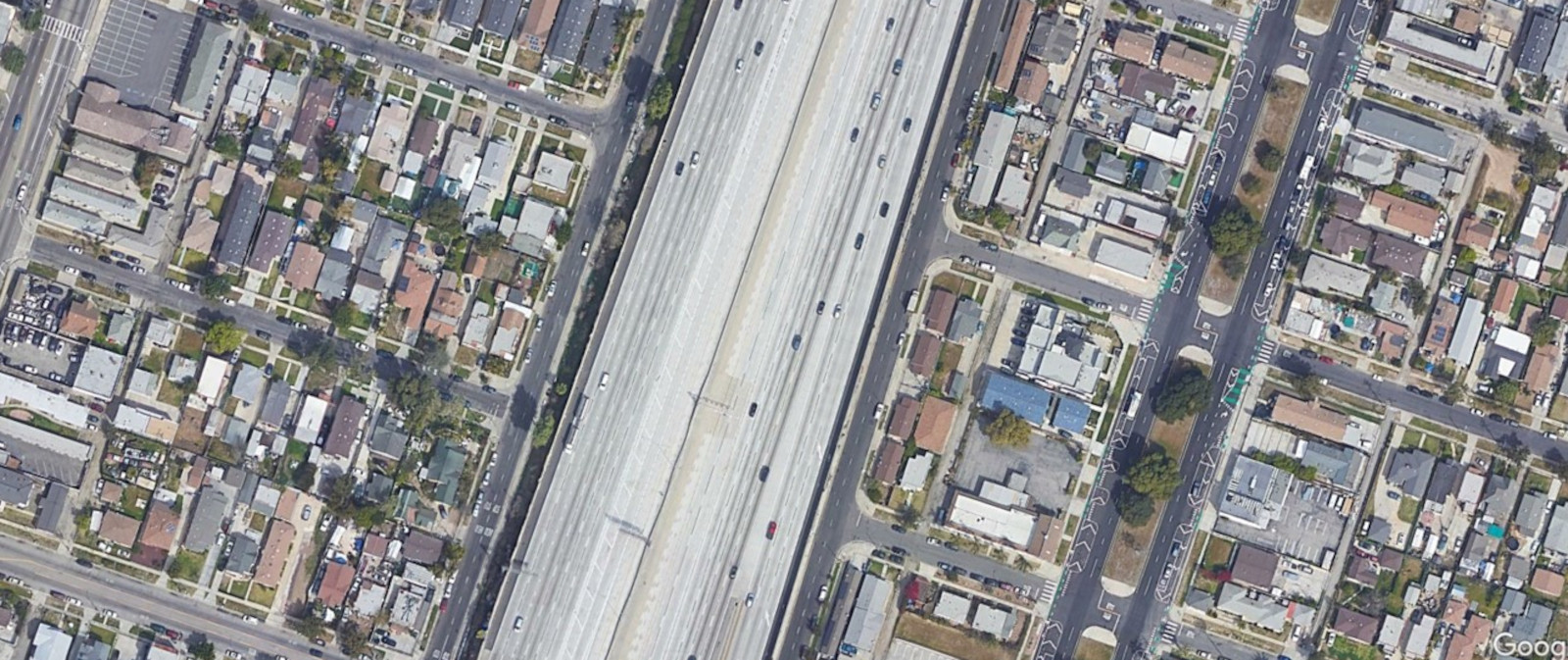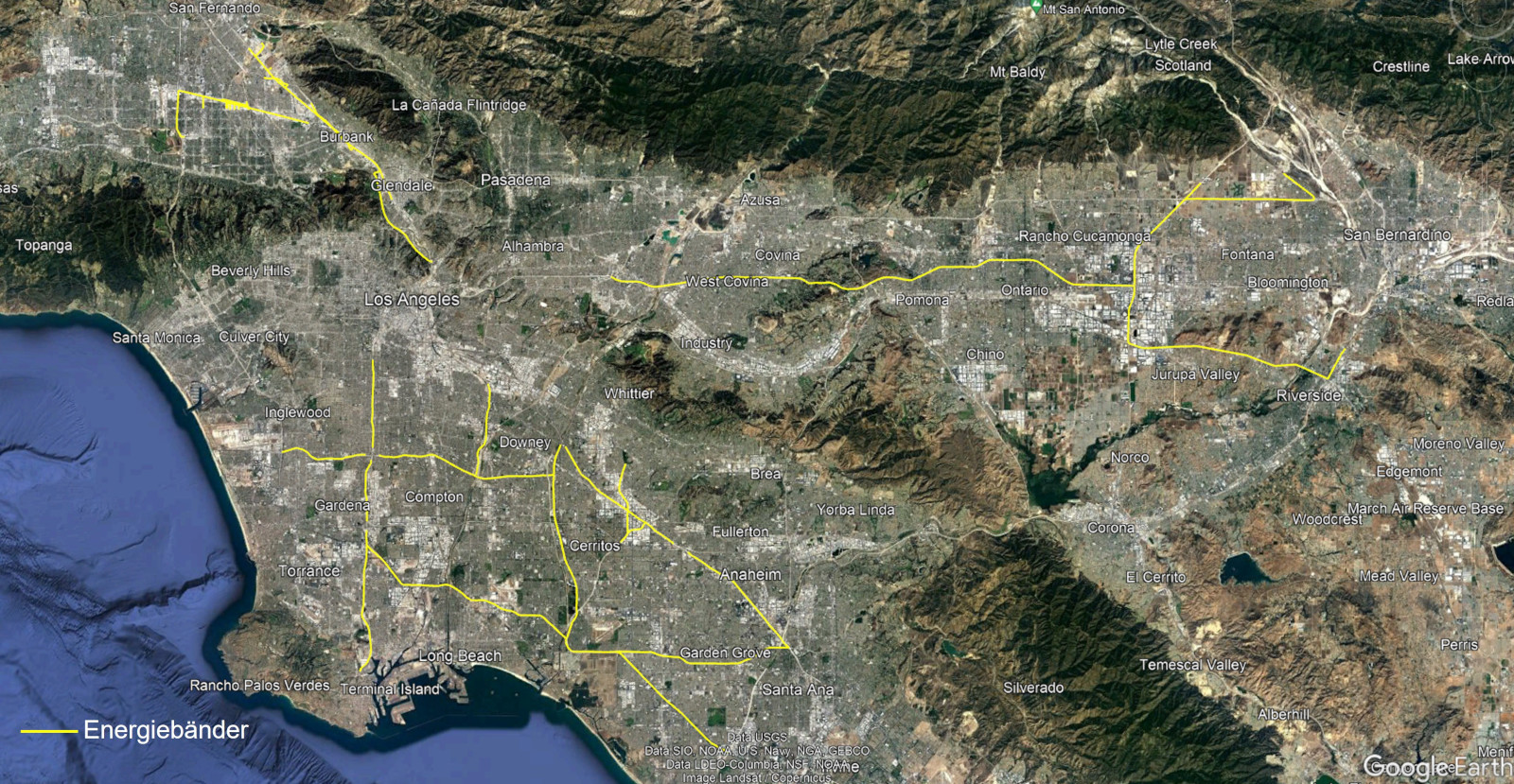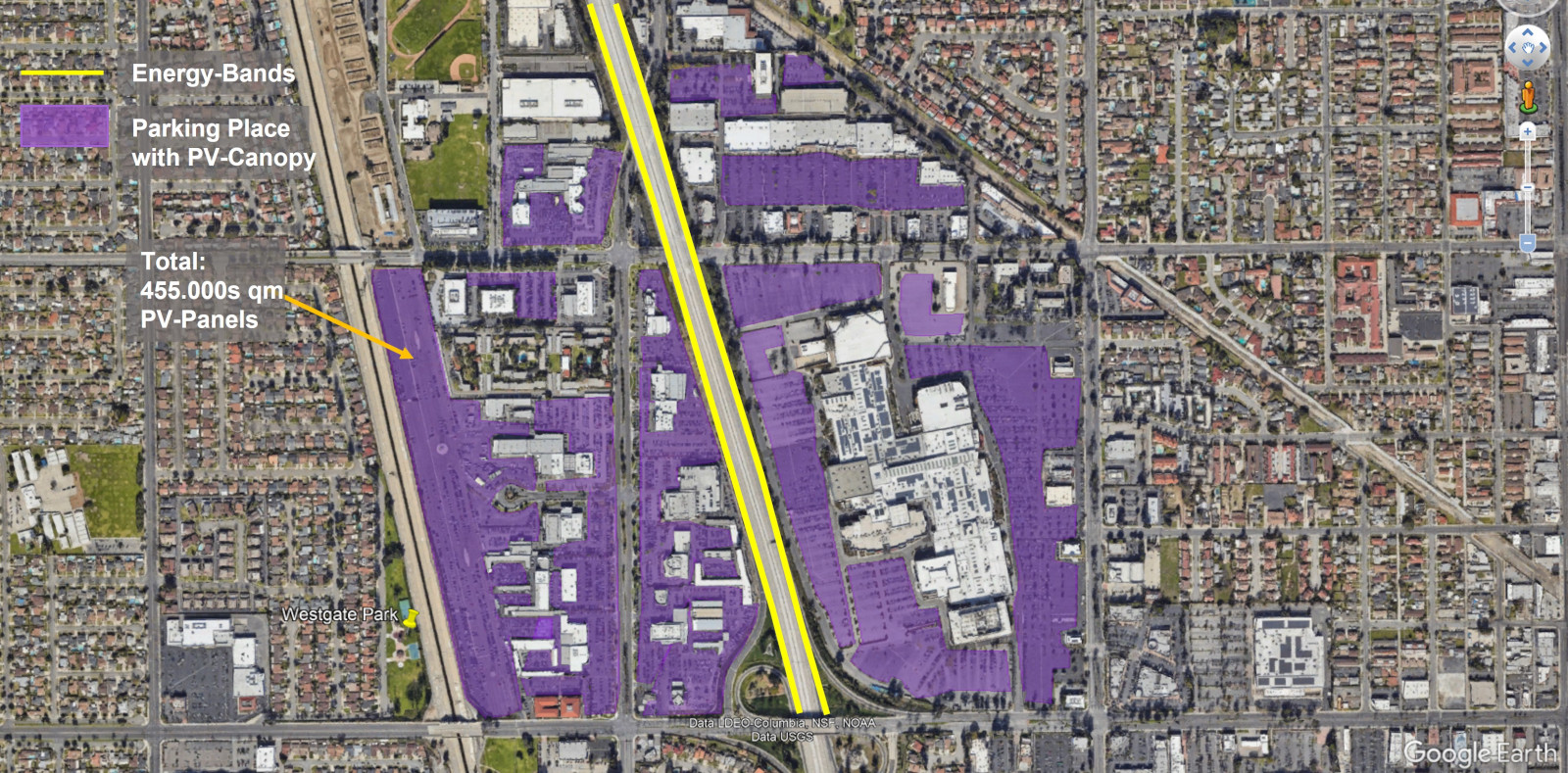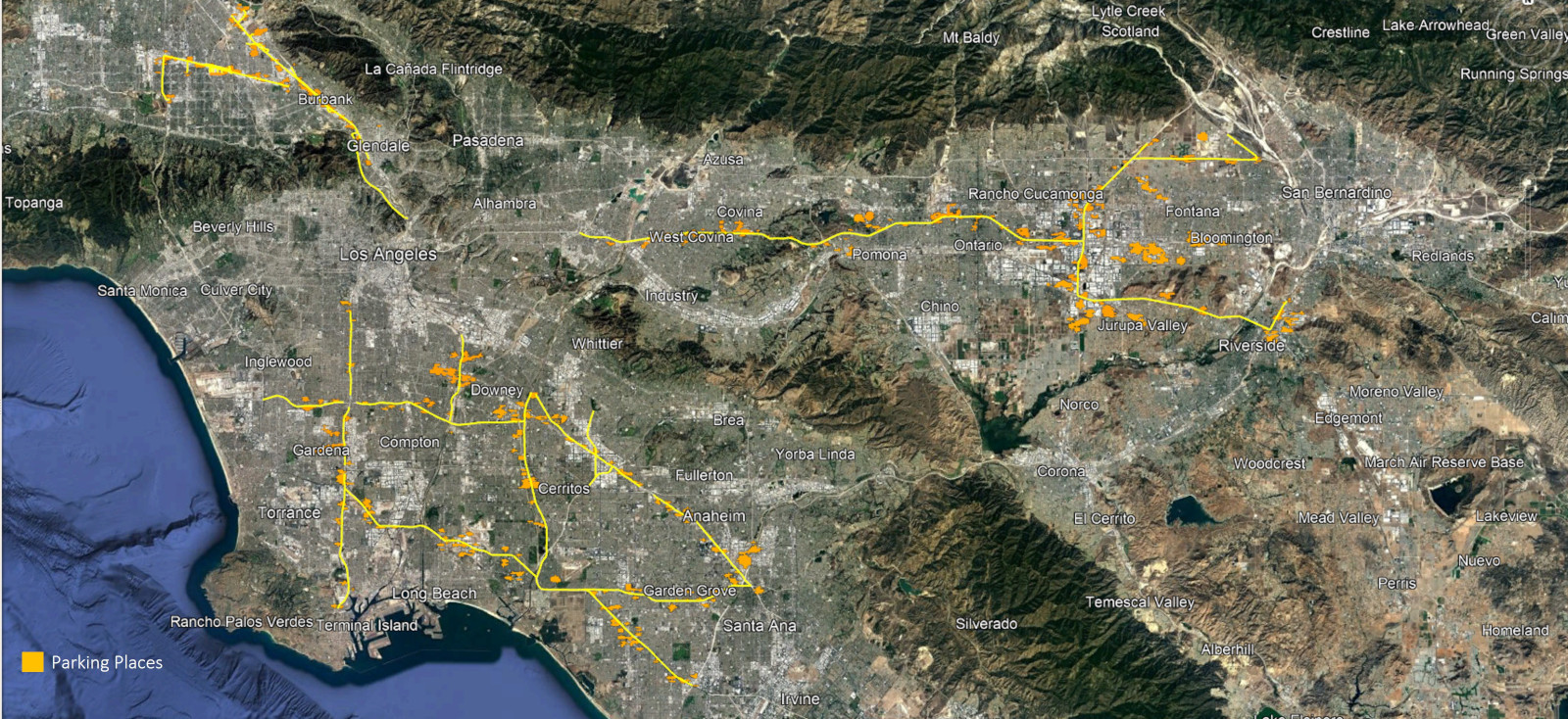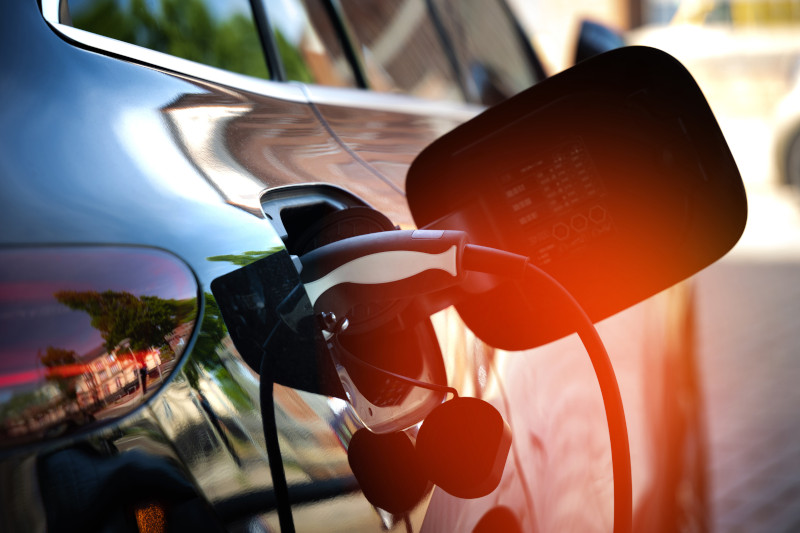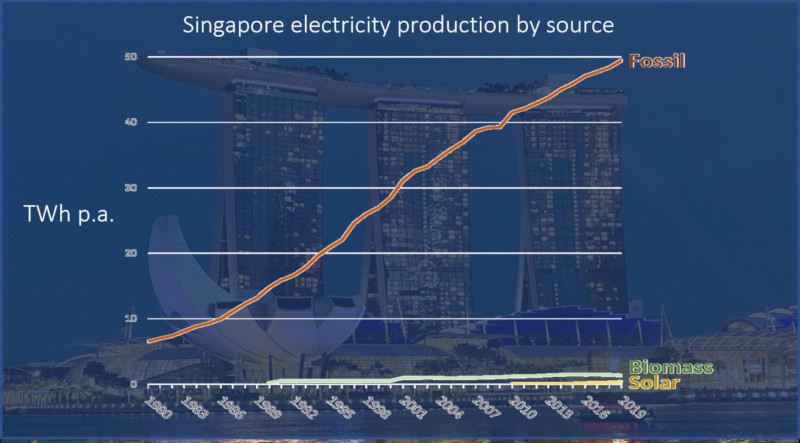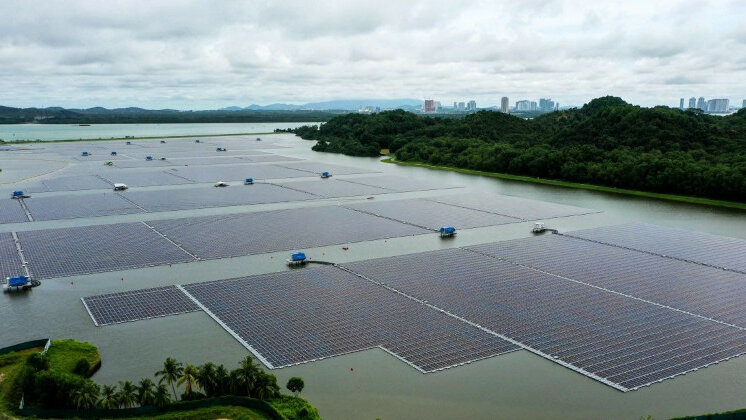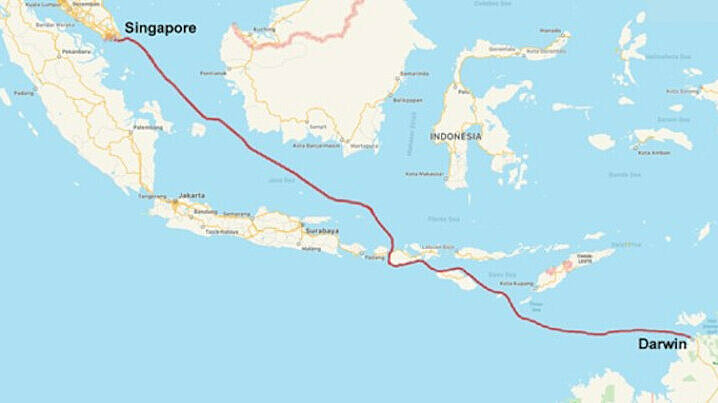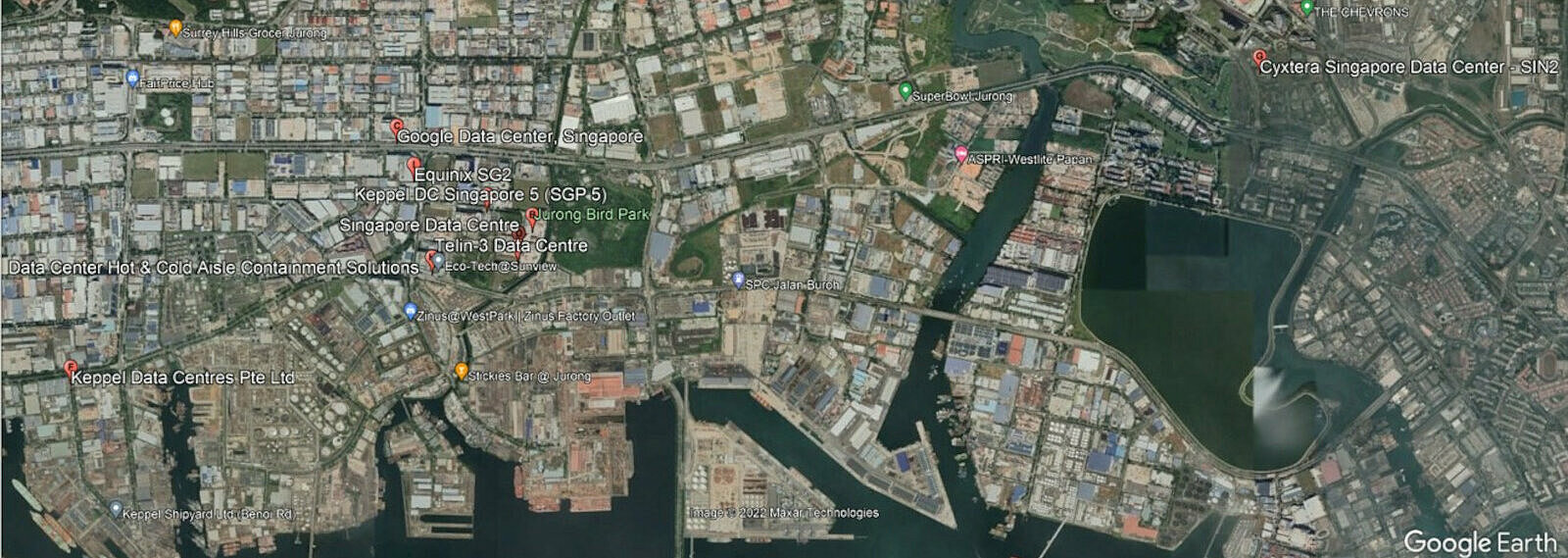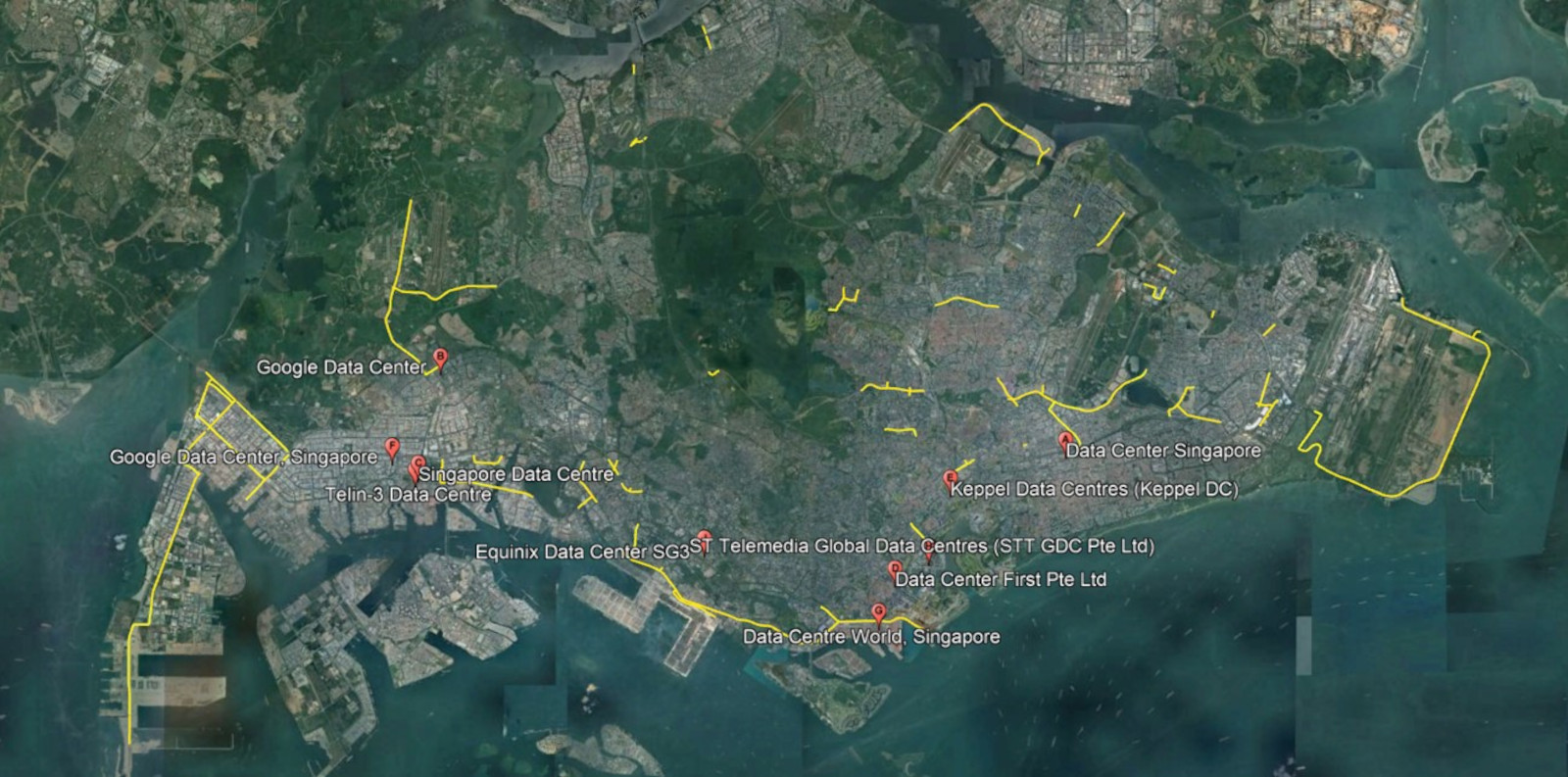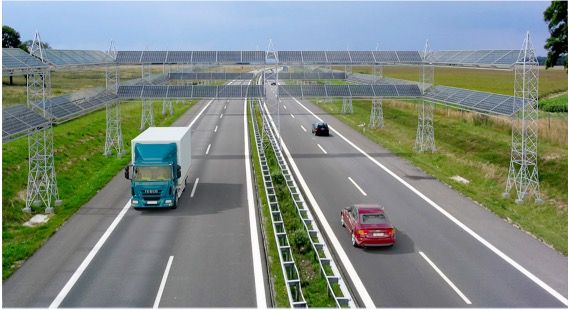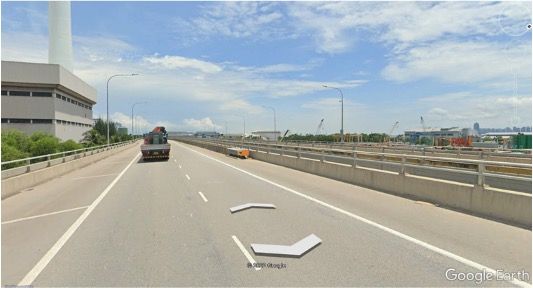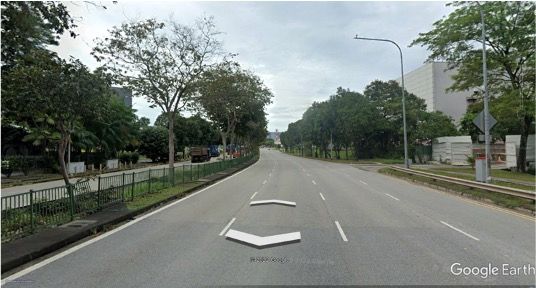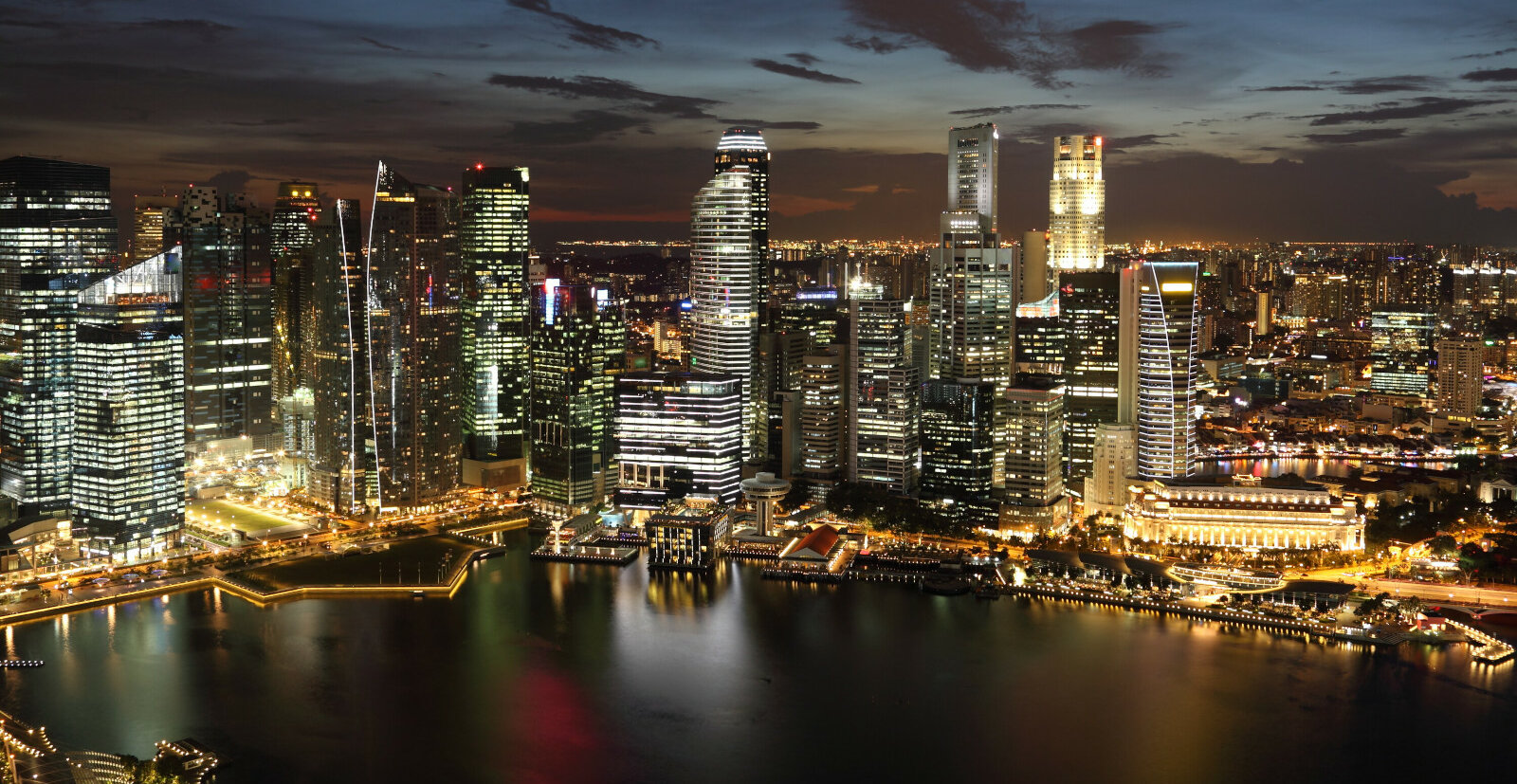Energy Bands in Los Angeles
Los Angeles is considered the city of cars. Accordingly, it has particularly numerous and wide freeways, which provide an ideal base for the installation of Energy Bands.
Parking lots are also huge in Los Angeles and in this part of California. If the parking lots on the right and left of the highways are covered with solar modules along the Energy Bands, the result is photovoltaic surfaces that almost correspond to small solar parks.
The energy generated there can be used on the one hand by parked e-cars to charge their batteries; on the other hand, surpluses from the Energy Bands can be forwarded to other consumers.
Climatically, sunny Los Angeles is also well suited for Energy Bands.
